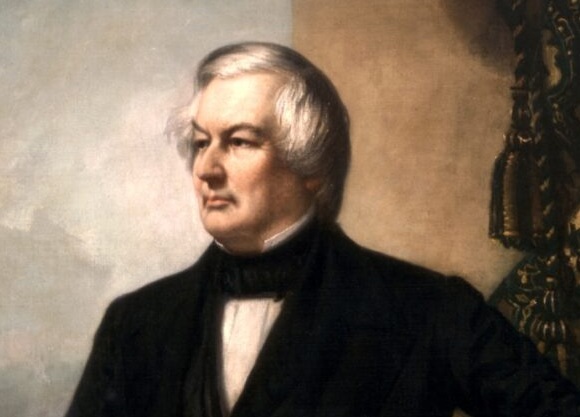The role of women in Congress has evolved significantly over the years, reflecting broader societal changes and advancements in gender equality.
Here is an overview of the historical evolution of women’s participation in the U.S. Congress:
1. Early Pioneers: Late 19th and Early 20th Century:
- The first woman to serve in Congress was Jeannette Rankin, who was elected to the House of Representatives in 1916, before women gained the right to vote nationally. She later served a second term in 1940.
2. Women’s Suffrage and the 19th Amendment (1920):
- The 19th Amendment, ratified in 1920, granted women the right to vote nationwide. This landmark achievement marked a significant step toward increased political participation for women.
3. Margaret Chase Smith (1940-1973):
- Margaret Chase Smith of Maine became the first woman to serve in both the House of Representatives (1940-1949) and the Senate (1949-1973). She was known for her independent and principled stance.
4. Second Wave Feminism and the 1960s-1970s:
- The feminist movement of the 1960s and 1970s brought attention to issues of gender equality, leading to increased awareness and activism for women’s rights in various spheres, including politics.
5. Title IX and Educational Opportunities (1972):
- The passage of Title IX in 1972 played a crucial role in expanding educational opportunities for women, including in law and politics, contributing to the growth of a pipeline of women entering political careers.
6. Shirley Chisholm (1969-1983):
- Shirley Chisholm, elected to the House in 1968, became the first African American woman in Congress. In 1972, she ran for the Democratic Party’s presidential nomination, further challenging traditional gender and racial norms.
7. The “Year of the Woman” (1992):
- The 1992 elections, dubbed the “Year of the Woman,” saw a significant increase in women’s representation in Congress. A record number of women were elected, driven in part by a response to the Anita Hill hearings and a desire for more diverse representation.
8. Barbara Mikulski and Dianne Feinstein:
- Barbara Mikulski of Maryland and Dianne Feinstein of California were trailblazers, becoming the first Democratic women elected to the Senate in their own right in 1986. Mikulski served from 1987 to 2017, while Feinstein continues to serve.
9. Nancy Pelosi and Leadership Roles (2007-Present):
- Nancy Pelosi made history as the first woman to serve as Speaker of the House in 2007. She has played a prominent role in leadership and legislative initiatives, emphasizing the importance of women in political leadership.
10. Hillary Clinton and the 2016 Presidential Election:
- Hillary Clinton, the Democratic nominee for president in 2016, became the first woman to win a major party’s nomination for the presidency. Although she did not win the election, her candidacy marked a historic moment.
11. Record-Breaking Numbers (2018 and 2020):
- The 2018 and 2020 elections brought a record number of women to Congress, with diverse backgrounds and perspectives. This includes the election of the first Native American women, Muslim women, and LGBTQ+ women to Congress.
12. Kamala Harris and the Vice Presidency (2021-Present):
- Kamala Harris made history as the first woman, the first African American woman, and the first Asian American woman to be elected Vice President of the United States in 2020.
13. Ongoing Advocacy and Activism:
- Women continue to be active advocates for policies addressing gender equality, healthcare, education, and other issues. Organizations like EMILY’s List and She Should Run encourage and support women running for political office.
Conclusion:
The evolution of women’s roles in Congress reflects progress in breaking gender barriers, achieving greater representation, and contributing diverse perspectives to legislative debates.
While significant strides have been made, ongoing efforts are needed to address gender disparities and promote inclusivity in the political sphere.
Women in Congress continue to play vital roles in shaping policies and advocating for the interests of diverse constituencies.



